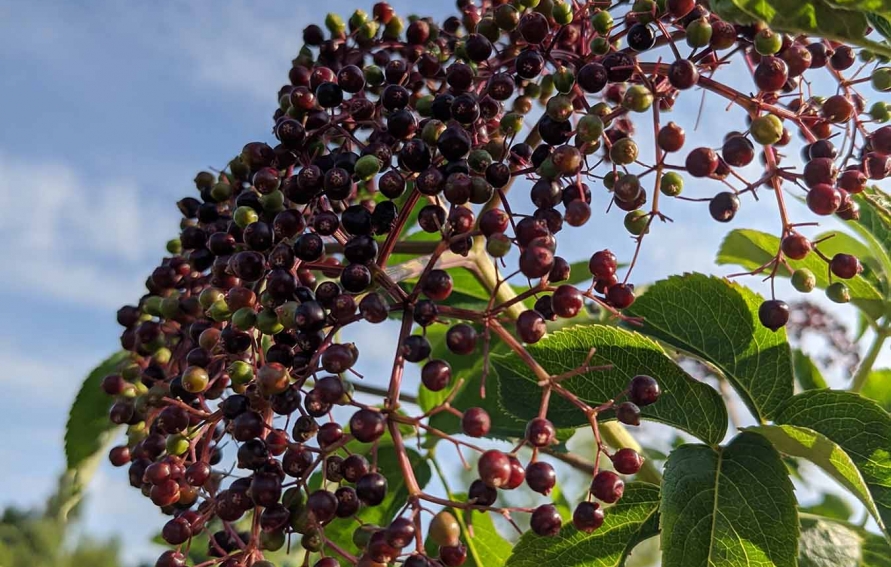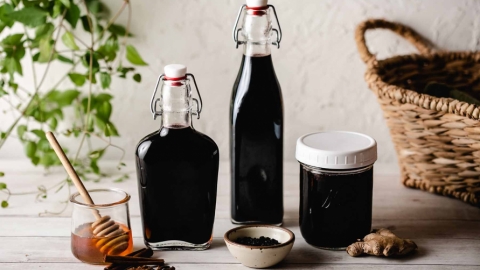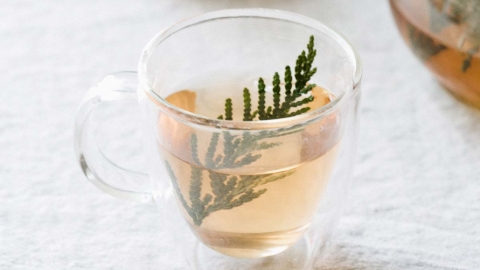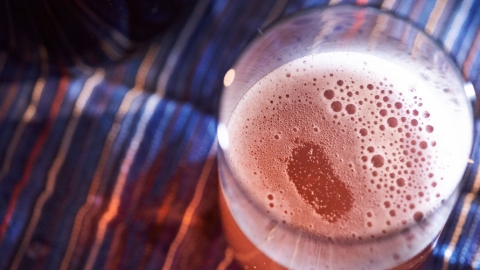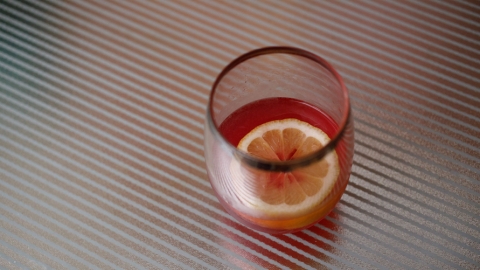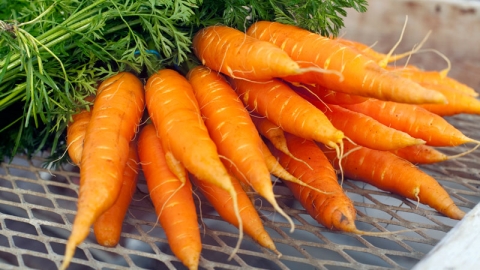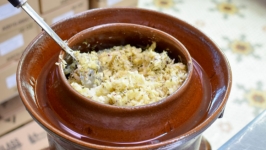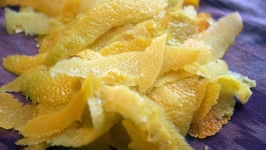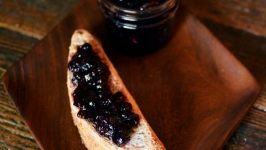About this recipe
Handcrafted Herbal Medicinals
In our household, when we feel a cold coming on, the medicinal herb we turn to first is the elderberry.
Known as American black elderberry, Canada elderberry or common elderberry, Sambucus canadensis is a native North American woody shrub growing up to 12 feet tall. Elderberries are often found in moist areas, growing along streambanks, woodlands and hedgerows. Their showy, white, flat-topped clusters of flowers bloom in early summer, transitioning into berries that ripen to dark purplish-black in late August and September.
Elderflowers make delicious tea or cordials, but the power of the plant resides in its fruits. Although elderberries have been used for years as a traditional folk remedy, they have gained popularity for their antiviral properties, particularly in combating the flu virus.
To forage elderberries for home medicinal use, visit likely elderberry habitats where you have permission to harvest and know the land to be clean, not exposed to chemicals or adjacent to a busy roadway or polluted waterway. Be sure to have a positive identification of the elderberry fruit before harvesting. Use a reliable source: a plant identification guide or website with pictures or a trusted naturalist friend. The flowers of spotted water hemlock and berries of pokeweed may look similar to the casual observer, but those plants are toxic and should not be consumed. Likewise, the raw berries, stems, leaves and roots of elderberries should not be consumed, but ripe berries can be made safely into syrups, fruit preserves, pies or tinctures.
For sustainable foraging of elderberries, harvest only what you need and follow the 1/10 rule: Harvest no more than 1 out of 10 of the plants available and remove no more than 25% of plant material from any one individual plant. Beyond asking permission from the landowner, I also ask permission from the plant before harvesting, by sitting quietly with the plant to learn from its wisdom or silently asking for consent or blessing. This ritual helps me remember that this harvest is a gift rather than a right.
To harvest the fruit, snip off entire clusters of berries. At home, pick the tiny berries from their small stems by hand, or freeze whole clusters overnight. Frozen berries easily come off the stems and can be rinsed and separated from larger stems and unripe berries. Don’t worry about removing all the small stems.
If foraging isn’t an option, dried elderberries are often available in the bulk herb section of health food markets and food cooperatives or through a reputable online source such as Mountain Rose Herbs. Elderberries in hand, you may begin handcrafting your herbal medicinal of choice.
Instructions
Elderberry Tincture
Fill a glass jar ½ full with fresh or frozen washed elderberries (or ¼ full with dried elderberries). Pour vodka over the berries, leaving 1 inch of headspace. Cover the jar with a plastic lid or use waxed paper between a metal lid and the tincture, as alcohol can corrode the metal. Label and place in a dark cabinet for 4 to 6 weeks or longer, shaking occasionally.
Strain and pour into glass jars or dropper bottles.
Elderberry Syrup
Combine elderberries, spices and water in a pot and bring to a boil. Reduce heat and simmer for 30 to 45 minutes until liquid has reduced by about half. Remove from heat.
Mash berries with a potato masher or the back of a fork. Strain berries and spices with a fine mesh strainer or cheesecloth, pressing or squeezing to extract all the juice. Compost the leftover pulp.
Let the strained juice cool to slightly warmer than room temperature, then whisk in the honey and transfer to a glass jar with a lid. Label and store in the refrigerator for up to 2 weeks or store in the freezer for up to 6 months.
DOSAGE: For adults, take 1 to 2 teaspoons of Elderberry Syrup every 4 hours when treating an illness. Children can take ½ to 1 teaspoon every 4 hours when ill. Children under 1 year of age should not take it.
This article is for informational purposes only. Please consult a healthcare practitioner before treating medical conditions.

